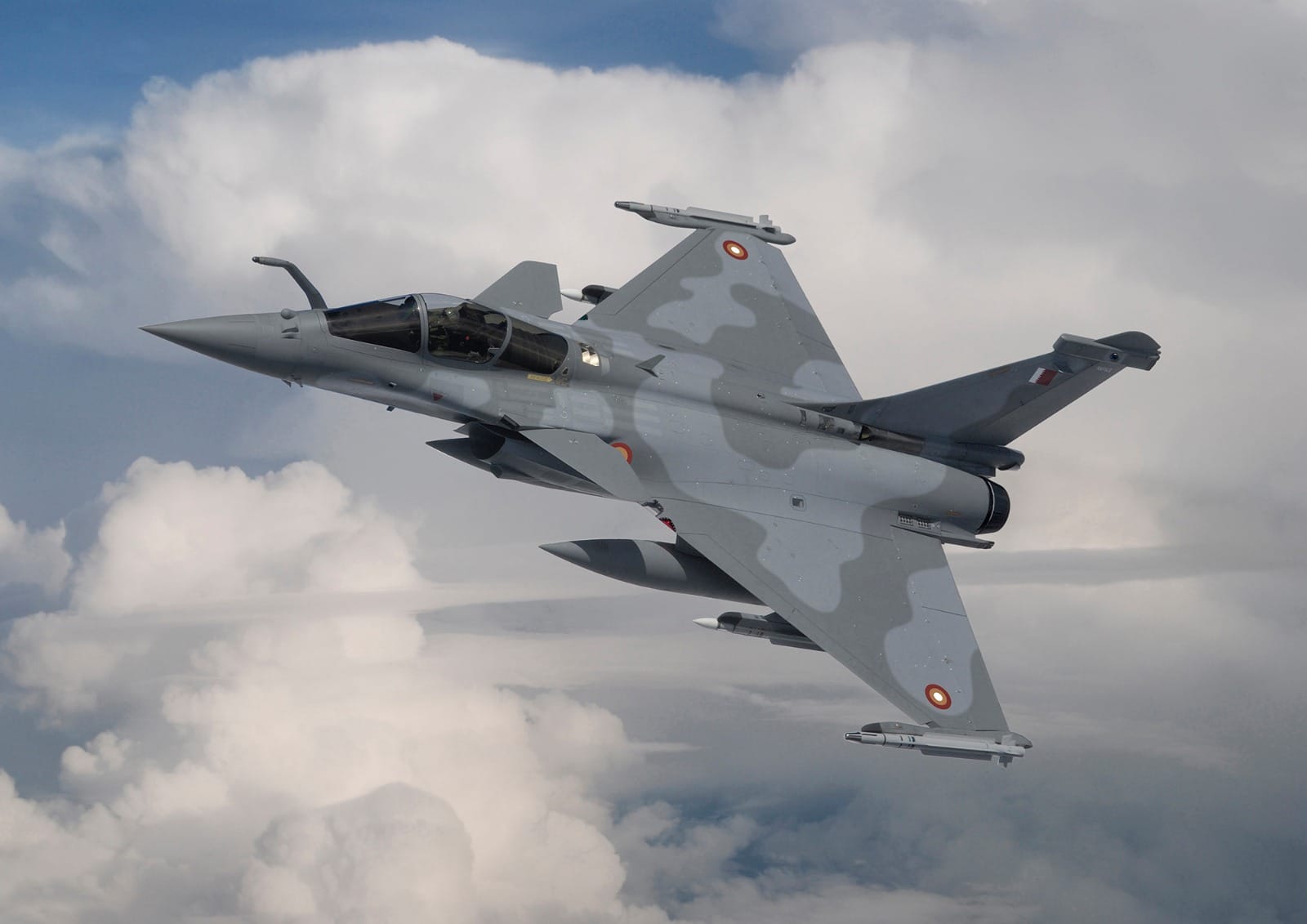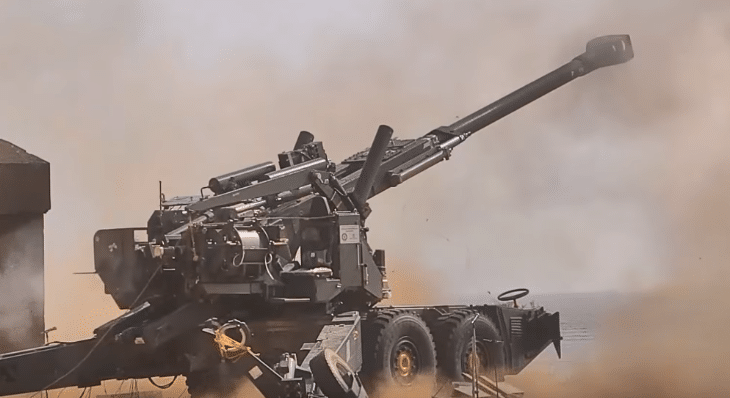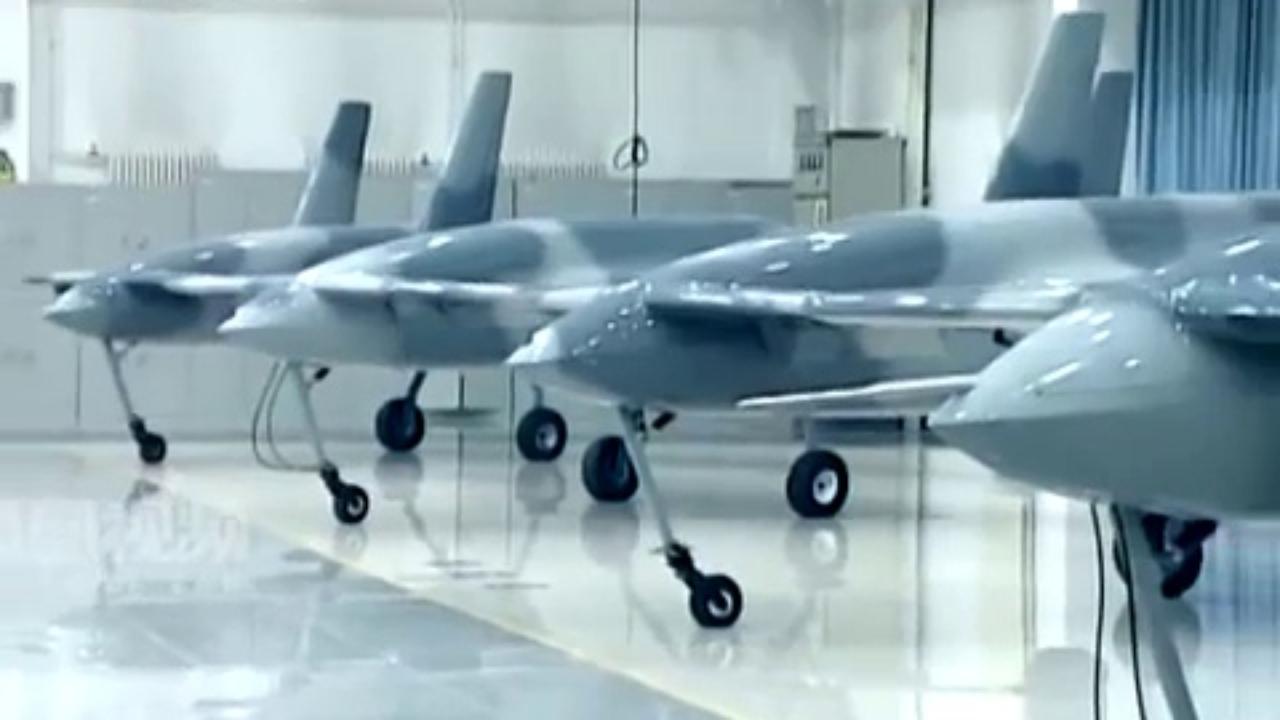2134Views 5Comments

Qatar exercises option for 12 additional Dassault Rafale
Qatar has officially exercised its option for 12 additional Dassault Rafale multi-role fighters, increasing its planned Rafale fleet to 36 aircraft.
In its press statement, Dassault announced, “In the presence of the President of the French Republic, Mr. Emmanuel Macron, and his Highness Sheikh Tamim bin Hamad Al Thani, the Qatar Armed Forces and Dassault Aviation signed an agreement on future cooperation and the exercise of an option for 12 Rafale.”
In May, Dassault CEO Eric Trappier stated that the company was anticipating a new Rafale sale in 2018.
Qatar activated its contract $6.9 billion U.S. contract for 24 Rafale fighters – along with training, after-sale maintenance and support, and air-to-air and air-to-surface munitions – in December 2015.
Qatar has been a longstanding user of Dassault aircraft, having operated the Mirage F-1 and currently flying the Mirage 2000-5 and Alpha Jet. Doha’s Rafale acquisition aims to imbue the Qatar Emiri Air Force (QEAF) with a substantial boost to its air-to-air and stand-off range air-to-surface strike capabilities.
Under the core contract, the QEAF is to receive the MBDA SCALP air-launched cruise missile (ALCM), the AASM stand-off range air-to-surface munition, Meteor beyond-visual-range air-to-air missile (BVRAAM) and MICA-RF and MICA-IR BVRAAM.
Although the Rafale purchase alone will provide a significant leap in the QEAF’s quantitative strength and qualitative capabilities, Doha has also agreed to purchase 36 Boeing F-15QA and 24 Eurofighter Typhoon fighter aircraft. Washington had approved the sale of 72 F-15QA to Qatar.
The technical rationale of potentially redundant platforms is unclear, but the outcome of it is that it provides Qatar with linkages to aerospace giants in three major powers – i.e. the U.S., U.K and Western Europe. In the latter, Qatar has also procured weapons from Germany and Italy.
With Qatar exercising its option and Egypt eager to exercise its own option for 12 aircraft, it is possible that Dassault’s attention in 2018 will shift to securing follow-on Rafale orders in India. Besides expanding upon the Indian Air Force order, in February Eric Trappier outlined that the French aviation giant was also eager to expand its business to include the Indian Navy’s bid for 57 new carrier-borne fighters.



5 Comments
by Hammad Hassan
Have they asked for tech transfer.? If not, why?? I think the total aircraft numbers warrant this but the arabs including saudis are too much stupid…..
by Joseph
Probably not. According to this: https://www.defensenews.com/digital-show-dailies/idex/2017/03/02/at-idex-gulf-countries-make-push-for-indigenous-manufacturing/
“only the United Arab Emirates is considered to have a high degree of
in-house defense and aerospace industry. Saudi Arabia, Egypt and Jordan
are considered to have moderate levels and Iraq, Oman, Qatar and Bahrain
have a low degree of internal industry.”
So I am not even sure Qatar could maintain and support those aircraft independently.
by Keyser
Wonder what the delivery dates are? Would they take priority over orders placed after?
by Wagdoox
the first 24 will be delivered, in 2018 = 11, 2019=11, 2020=2
the newer 12 2021. except if Dassault rise the number of rafale produced in a year form 22 to 33.
they have priority over every newer order but france could leave his spots like it did on the first 6 rafale to Egypt.
by Wagdoox
they are not stupid !!!
they know they don’t have any experience or company to absorb the tech.
Tech transfer isn’t just paying a fortune to get blue prints it’s also getting the know how.
India as decade of tries in that area and they are struggling.
So paying billions for tech and then billions on the plane themselves, all of that to end up with lego planes that is stupid.
@disqus_22kHRyhczF:disqus Qatar will not maintain nor support those, Dassault will. Emirats are looking into the option and are already asking both france and india (to have a pic of both sides customer and manufacturer) for maintenance of the rafale (that they haven’t bought yet).
that’s the way to start.